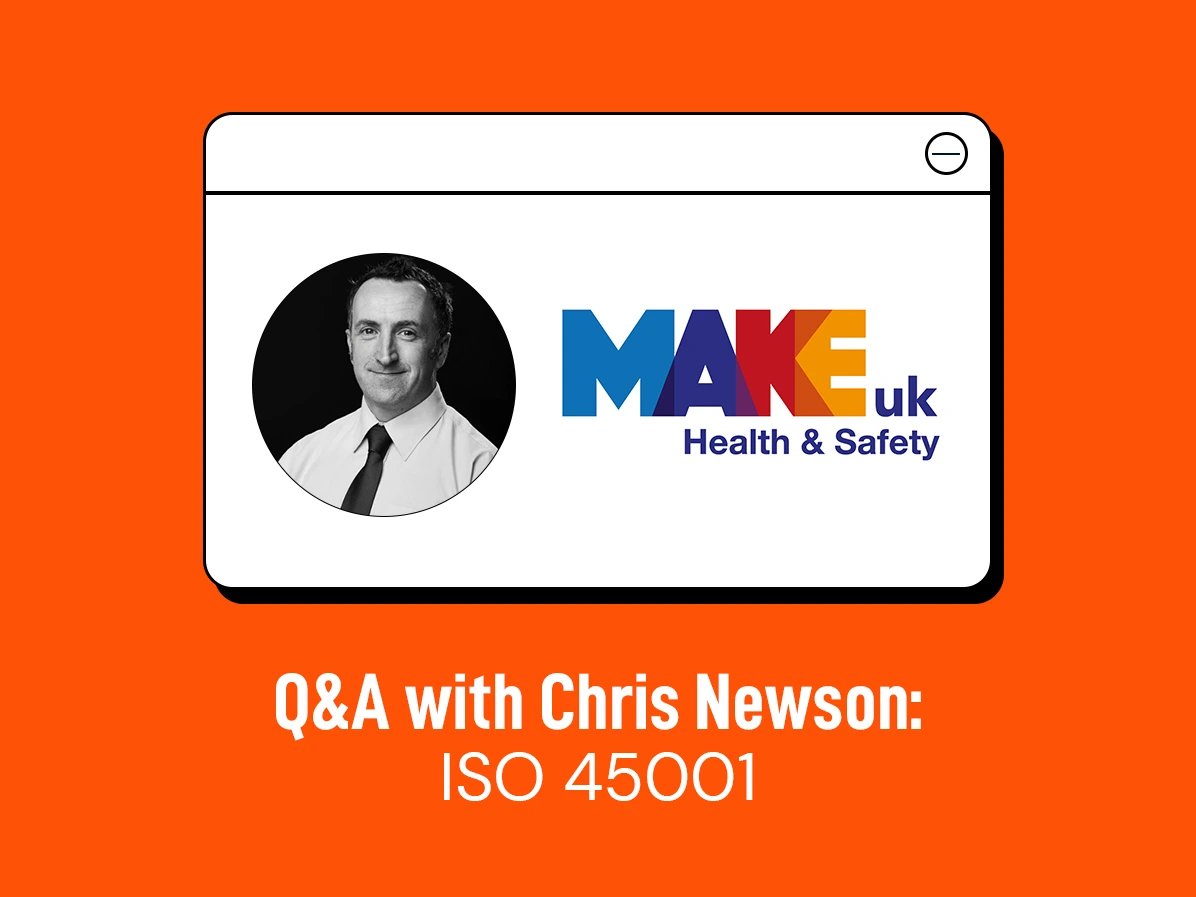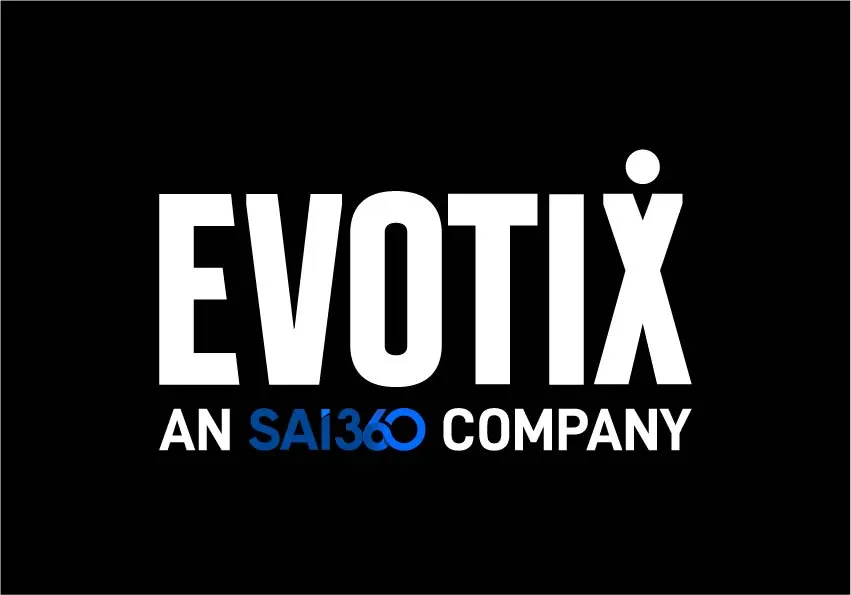Contents
6 Key Features of Safety Management Systems
11 July 2024 - Evotix
First off, what are safety management systems?
Safety management systems are comprehensive digital solutions designed to identify, assess, manage and mitigate workplace hazards and risks. These systems integrate various features and tools to cover many aspects of health and safety.
To fully understand the impact of a safety management system, it’s essential to explore its components. Here are six key features of safety management systems:
1. Safety and Compliance
This feature ensures organizations meet safety regulations and standards. The software helps track compliance with legal requirements, industry standards and internal policies to help organizations reduce incidents and injuries. For instance, the software can alert the team about an upcoming safety audit and supply a checklist to ensure all requirements are met.
2. Learning and Training
Focusing on the ongoing employee awareness, education and training of safety protocols and procedures is vital. A safety management system provides a platform for creating, delivering and tracking training programs.
For example, employees can complete mandatory safety training modules online or via a mobile app, and the system tracks their progress and certifies completion, ensuring everyone is up to date with the latest safety practices.
3. Environmental Management
Managing environmental risks and impacts is essential for sustainability. A safety management system can help organizations monitor and control their environmental footprint, ensuring compliance with environmental regulations.
A safety management system can track emissions and waste generation, helping organizations to stay within regulatory limits and identify areas for improvement.
4. Occupational Health Management
Managing the health, safety and well-being of employees is a critical aspect of safety management. A safety management system supports health surveillance, incident reporting and analysis as well as the management of occupational health programs.
5. Operational Risk Management
Identifying, assessing and mitigating day-to-day operational risks is critical. A safety management system provides tools for risk assessments, incident management and corrective actions.
For instance, the system can facilitate risk assessments by allowing users to log potential hazards and automatically suggest mitigation strategies based on historical data, preventing incidents before they occur.
6. ESG and Sustainability Management
Integrating environmental, social and governance (ESG) criteria into a safety management system promotes sustainable practices. The system helps track and report ESG performance, ensuring that organizations meet their sustainability goals.
For example, the system can generate sustainability reports that outline the organization’s ESG performance, highlighting areas of success and opportunities for improvement and supporting transparency and accountability.
Interested in learning more about the benefits of a safety management system? Check out our blog here!
RELATED BLOGS

Q&A With Chris Newson of Make UK: ISO 45001
3 May 2023 - Evotix
Created by a committee of occupational health and safety experts, ISO 45001 is making waves in the health and safety world as a leading global framework for health & safety in the workplace...

Evotix to Represent SAI360’s Full Suite of EHS&S Software Solutions
18 October 2023 - Evotix
Earlier last year, SAI360 finalized its purchase of Evotix, a leading global technology company transforming how employees engage in workplace health and safety. Since then, we have been working..

The Nightmare on “Data Street”: A Halloween Guide to Securing Your EHS Data
31 October 2024 - Evotix
Happy Halloween! Today, we're recapping our recent spooktacular episode of "Two Bald Guys Talking Safety," where Jules and Langdon venture into the eerie realm of EHS data management. As your..
